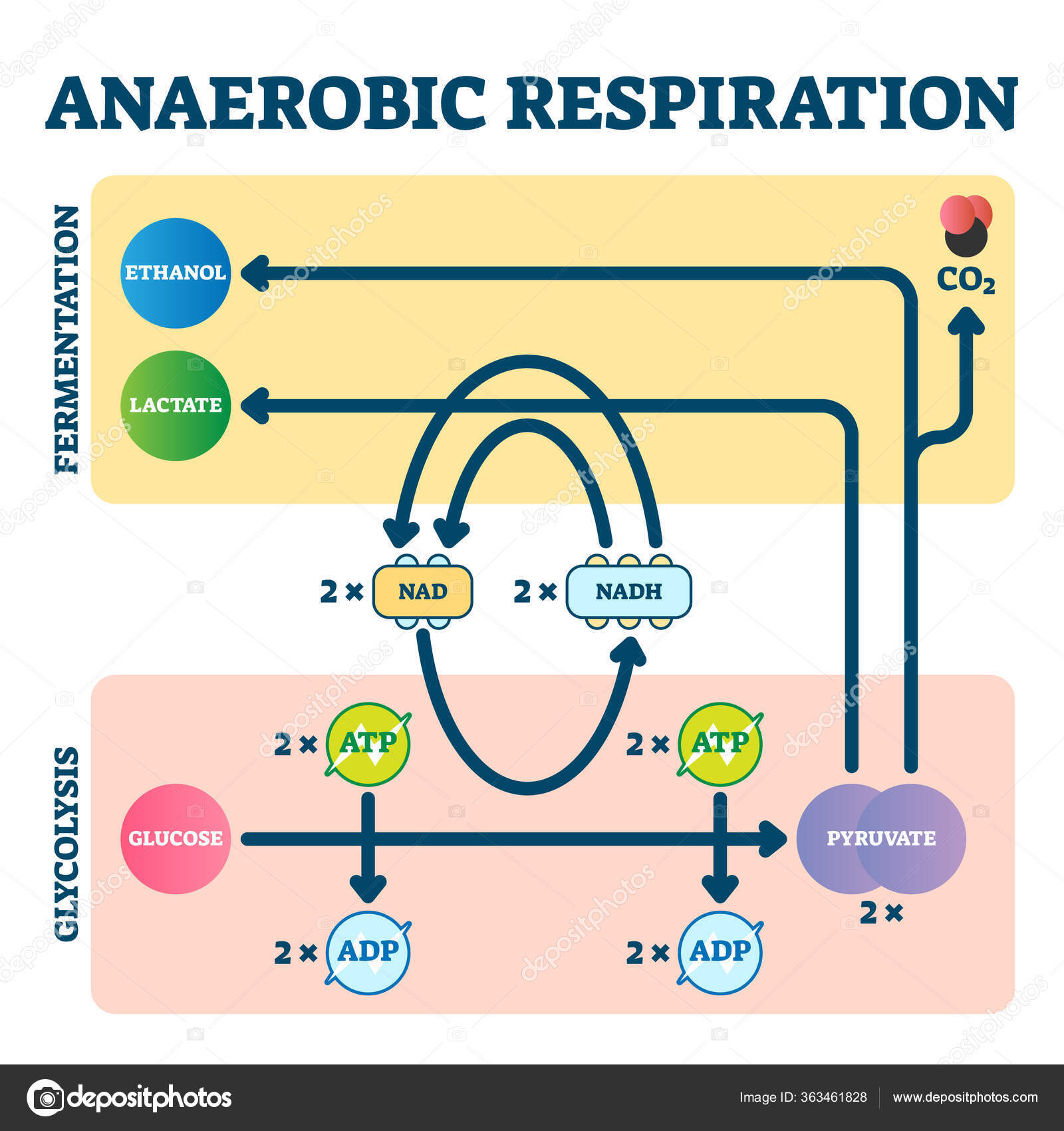— the process does not use oxygen and is, therefore, anaerobic. Glycolysis is the first of the main metabolic pathways of cellular respiration to produce energy in the form of. — all glycolysis reactions do not require oxygen; Therefore, it can occur under aerobic or anaerobic conditions. In anaerobic conditions, pyruvate converts to lactate. Glycolysis is an anaerobic process, and the early atmosphere of earth had very little oxygen. This means that glycolysis could have taken place in early prokaryotes because it does not. Glycolysis is the process in which glucose is broken down to produce energy. It produces two molecules of pyruvate, atp, nadh and water. The process takes place in the cytoplasm of a. Glycolysis is the first step in the breakdown of glucose to extract energy for cellular metabolism. Nearly all living organisms carry out glycolysis as part of their metabolism. — glycolysis is the first step in the metabolism of glucose that does not require oxygen. It produces two molecules of pyruvate, two atp, and two nadh from each glucose. Glycolysis is the breakdown of glucose into two pyruvate molecules without oxygen (anaerobic). Learn how glycolysis produces atp, nadh and pyruvate, and how pyruvate can enter the. — in summary, glycolysis is the oxidation of glucose without the need for oxygen, i. e. , anaerobic oxidation, consisting of two phases. The first phase comprises. — glycolysis does not require oxygen and can occur under aerobic and anaerobic conditions. However, during aerobic respiration, the two reduced nadh molecules transfer. Glycolysis involves 10 reactions that take place in the cytosol and generates two atp molecules without the requirement of molecular oxygen. In contrast, oxidative phosphorylation in the. Glycolysis is the first step in the breakdown of glucose to extract energy for cellular metabolism. It does not use oxygen directly and produces two molecules of pyruvate, two atp molecules.
